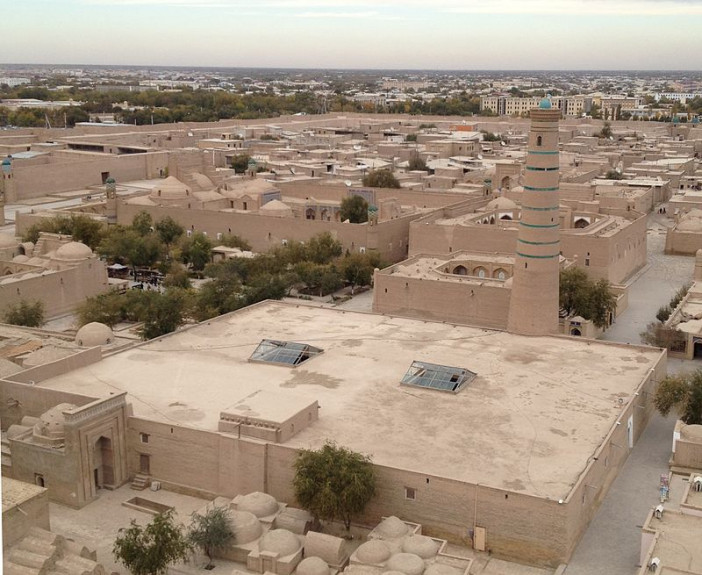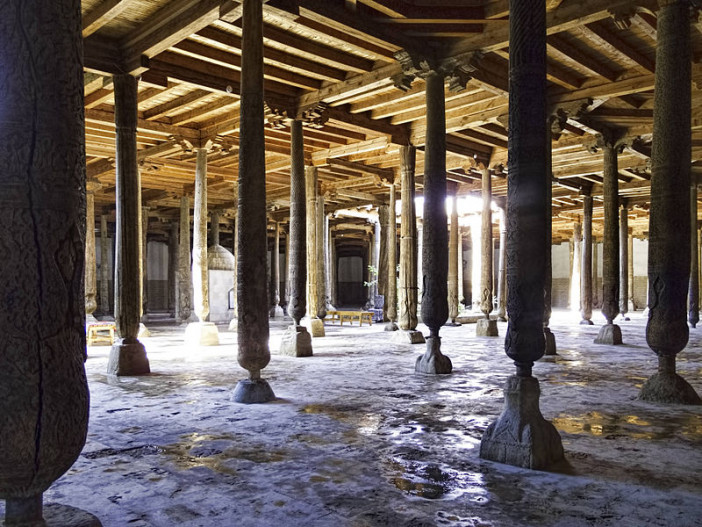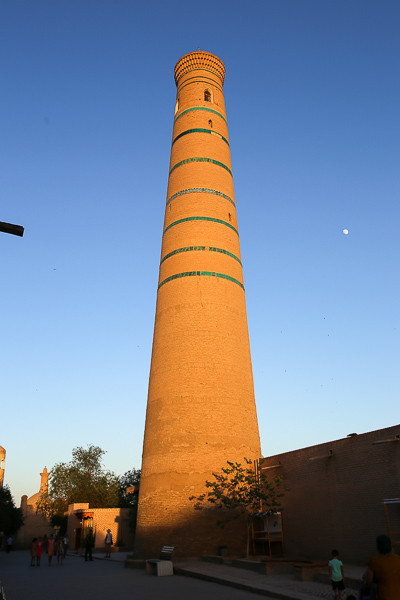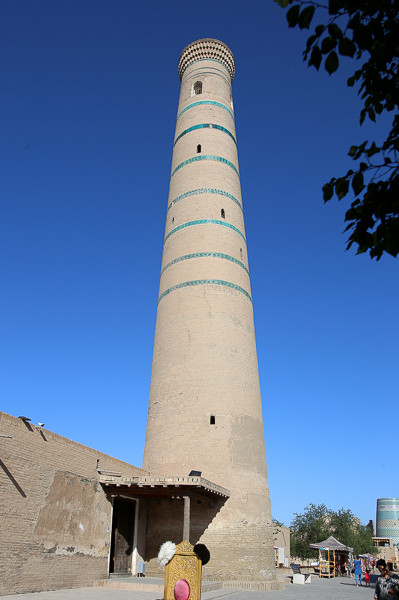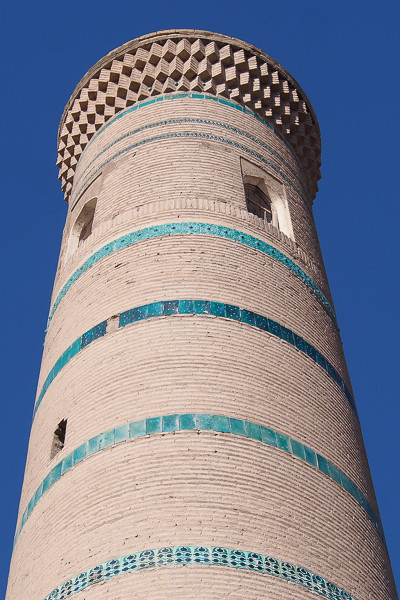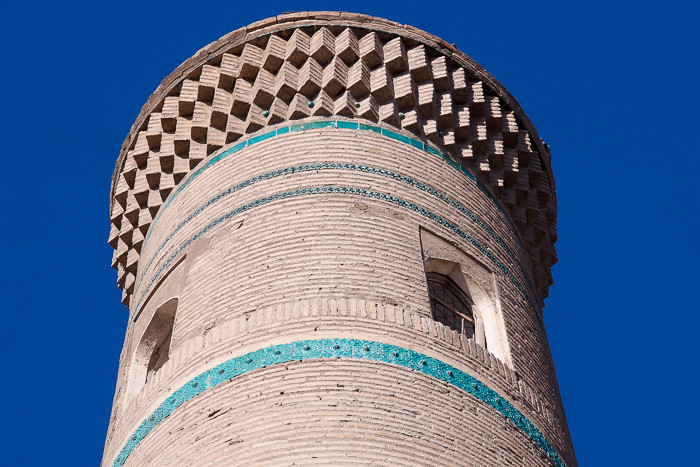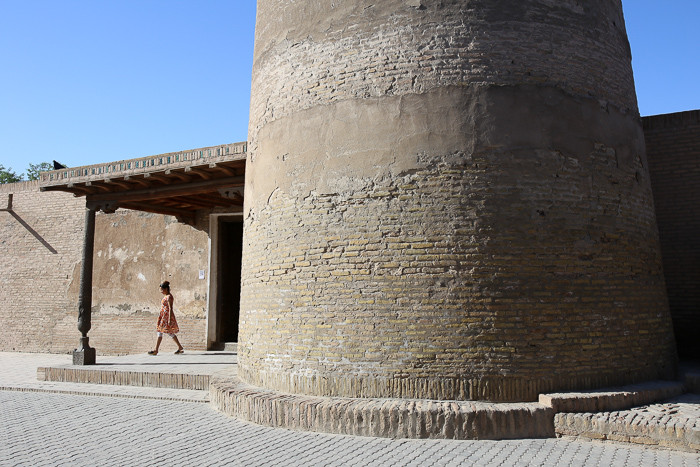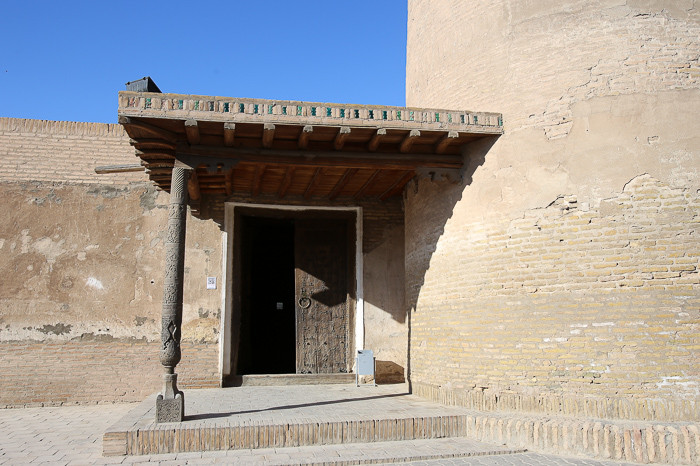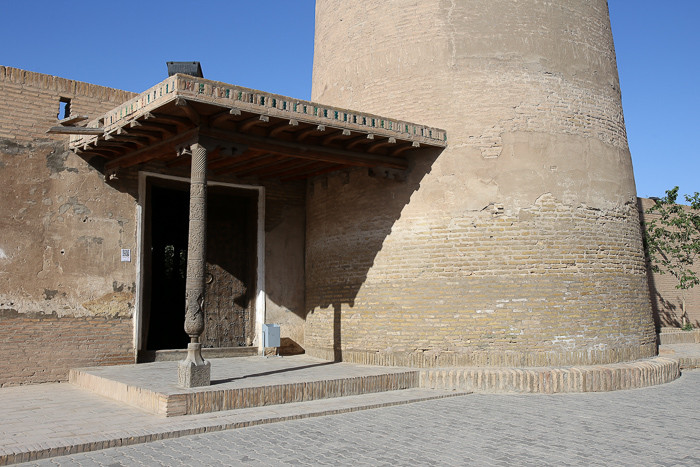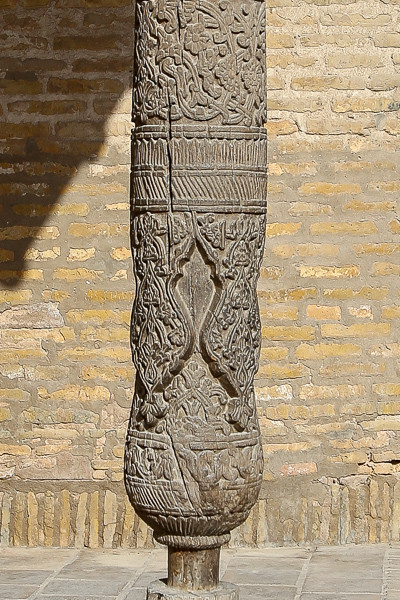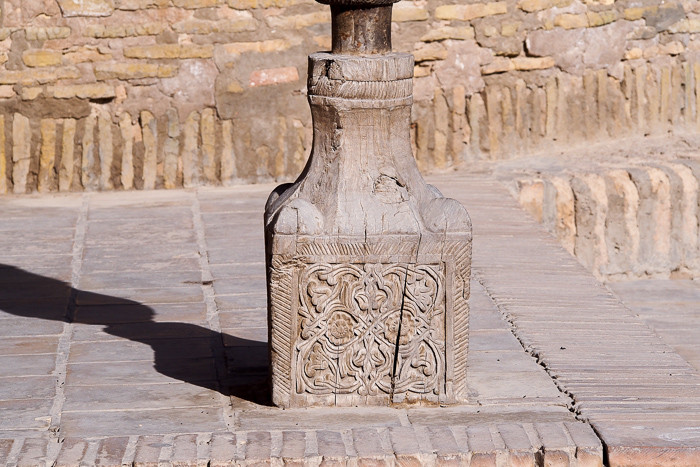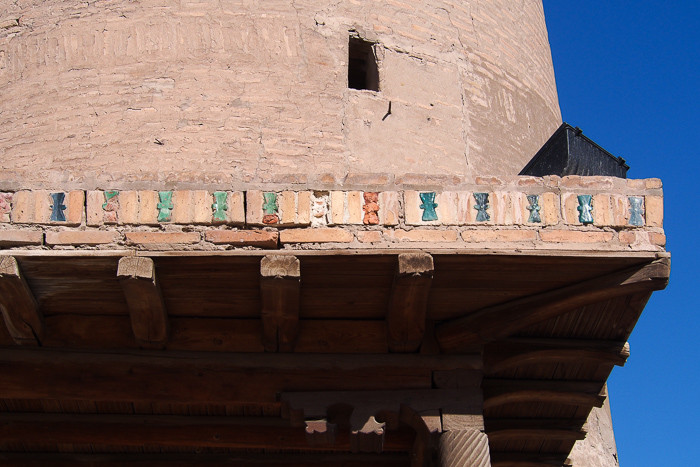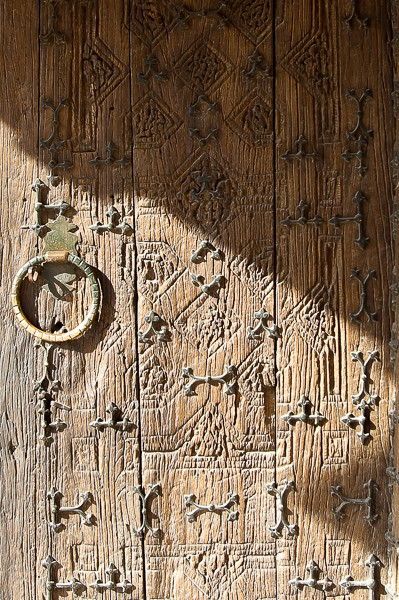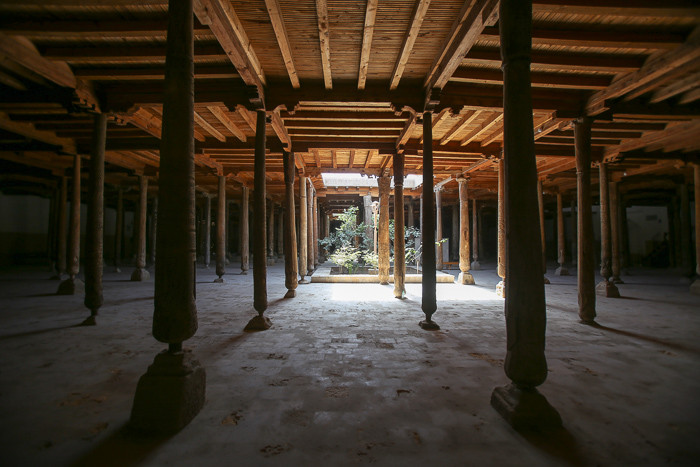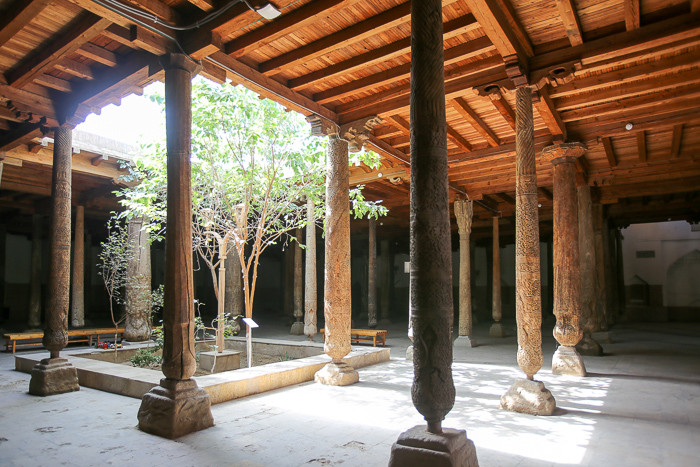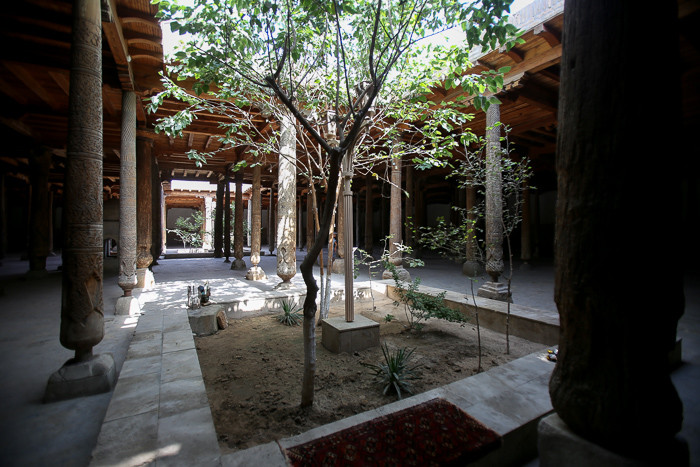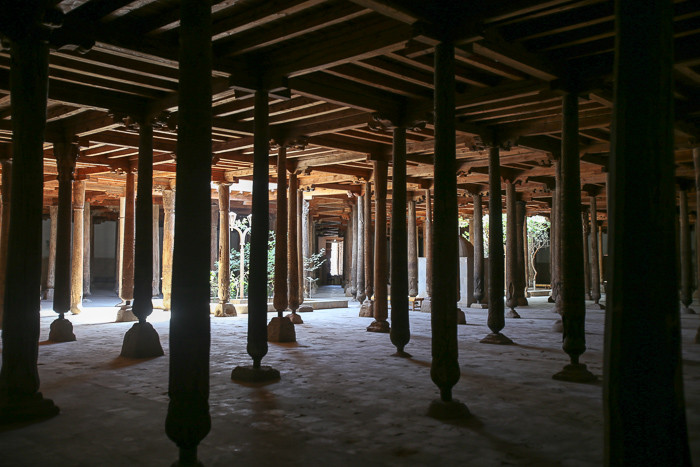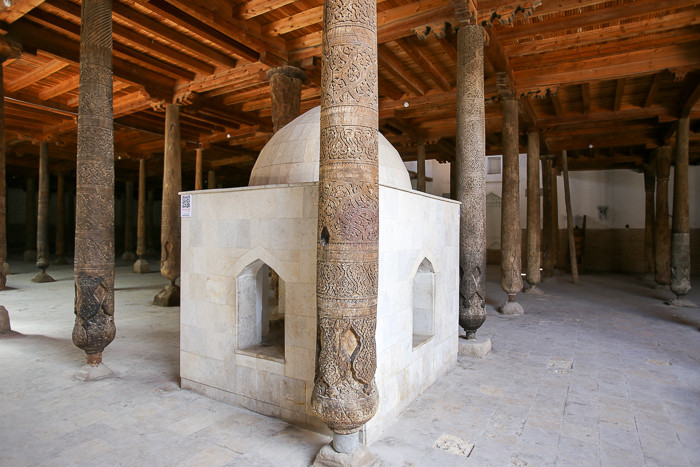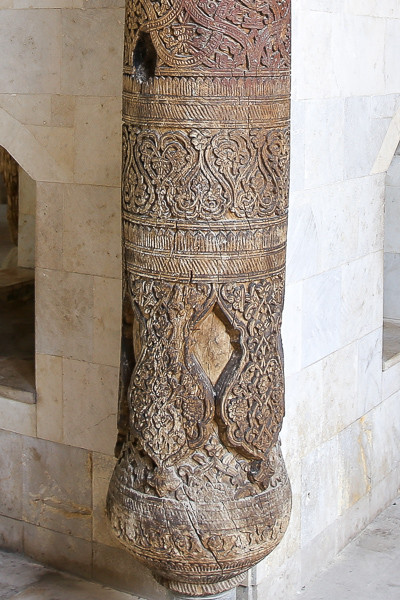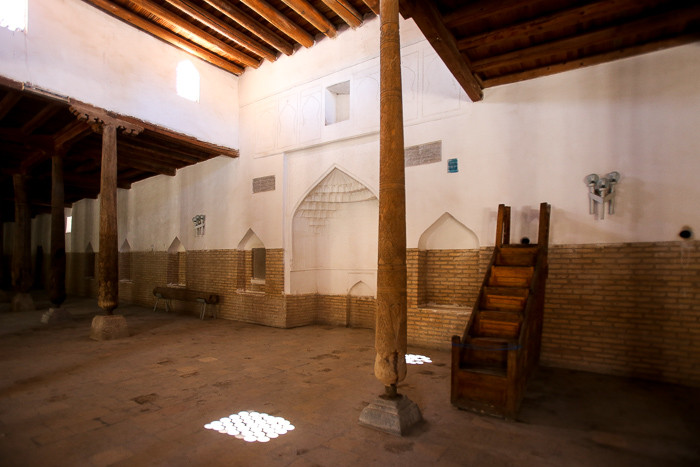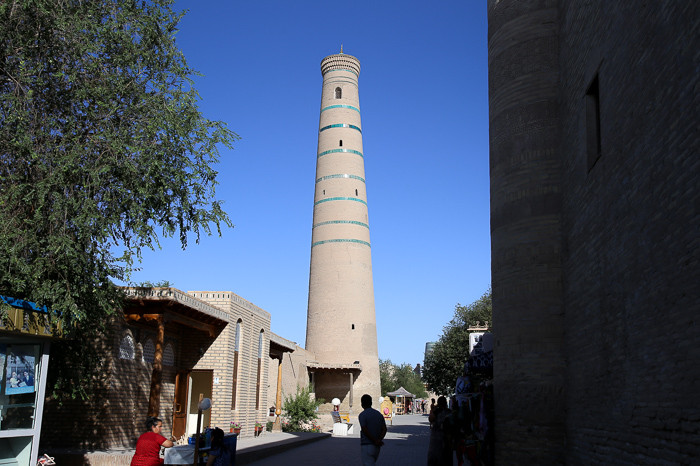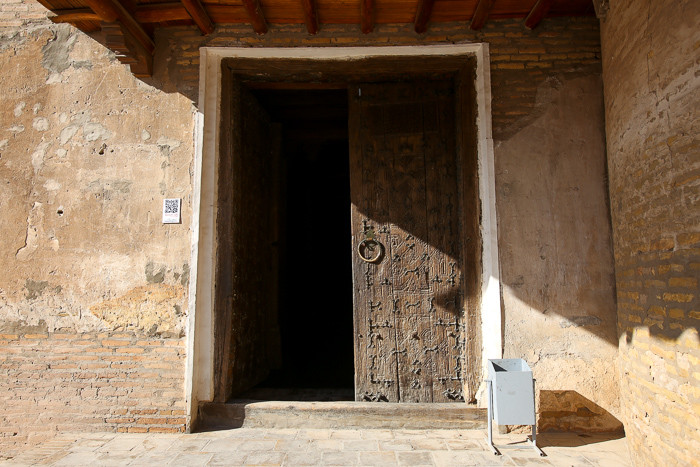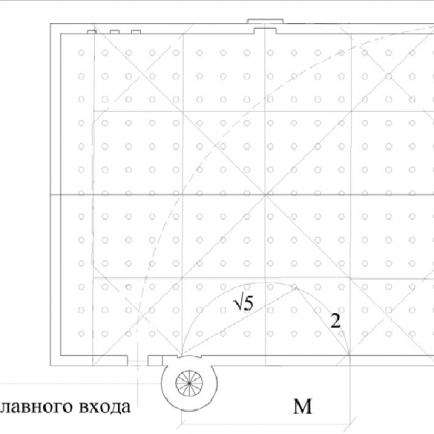Juma Mosque
History
Juma Mosque (Uzbek: Juma masjid / Жума масжид, lit. 'Friday Mosque') is a 10th-18th century mosque in Khiva, Uzbekistan. It is one of the principal monuments of Itchan Kala, the walled old city of Khiva, which is a World Heritage Site. It stands in the middle of Itchan Kala, on the road connecting the west gate (Ota darvoza) and the east gate (Polvon darvoza). The mosque was first documented in the 10th century, but it was rebuilt in 1788.
Urban and Architectural
It is a large one-story brick building with a flat roof, supported by 212 wooden columns in 17 rows. Its total size is 55 x 46 m, and its minaret is 42 m high. The mosque was designed to house a large number of congregants as equals before the imam and Allah, and for this reason it differs substantially from the typical open-air courtyard-centric architecture that predominates in Khiva. The prayer hall is laid out in roughly rectangular form measuring 55 x 46 meters on a side and is fashioned as a hypostyle hall featuring 213 karagacha (black elm) columns in a grid configuration. Apart from two small lightwells and the small entrances on four sides of the hall, there were no windows or other openings to the outside world, creating a dim and secluded atmosphere that is even today a welcome respite from the unrelenting Khivan sun. The overall form is similar to archaic Arab-style mosques from the early days of Islam. However, it seems likely that the similarity in designs is nothing more than a functional conincidence as there is no indication that early Arab-style mosque design persisted into 18th century central Asia.
Description
The mosque was built atop the ruins of an older mosque on the same location and there is considerable evidence that materials were reused from various reconstructions over a period of centuries. For instance, four of the oldest pillars were fashioned in the 10th century and were taken from the Khorezmian capital of Kath. A further 17 pillars were taken from the same location at least a century later. Of the remaining pillars, most were fashioned in the 17th and 18th centuries but a handful were made in the centuries in between. Though the pillars generally look uniform at first glance, the specific decorative treatment varies according to age.
Apart from the prayer hall, the mosque's chief distinguishing feature is its 33 meter tall minaret that is physically connected to the north side of the prayer hall. An extra fee allows intrepid visitors the chance to climb the 81 steps to the top.
References
https://en.wikipedia.org/wiki/Juma_Mosque_(Khiva) https://www.orientalarchitecture.com/sid/1231/uzbekistan/khiva/juma-mosque-of-khiva. https://www.researchgate.net/figure/Analysis-of-construction-plan-madrassah-Bikadzhan-Bika-with-notes-MS-Bulatov_fig1_282520835
Details
Location
Khiva, Uzbekistan
Year of Build
10th-18th century
Drawings
Map
History
Juma Mosque (Uzbek: Juma masjid / Жума масжид, lit. 'Friday Mosque') is a 10th-18th century mosque in Khiva, Uzbekistan. It is one of the principal monuments of Itchan Kala, the walled old city of Khiva, which is a World Heritage Site. It stands in the middle of Itchan Kala, on the road connecting the west gate (Ota darvoza) and the east gate (Polvon darvoza). The mosque was first documented in the 10th century, but it was rebuilt in 1788.
Urban and Architectural
It is a large one-story brick building with a flat roof, supported by 212 wooden columns in 17 rows. Its total size is 55 x 46 m, and its minaret is 42 m high. The mosque was designed to house a large number of congregants as equals before the imam and Allah, and for this reason it differs substantially from the typical open-air courtyard-centric architecture that predominates in Khiva. The prayer hall is laid out in roughly rectangular form measuring 55 x 46 meters on a side and is fashioned as a hypostyle hall featuring 213 karagacha (black elm) columns in a grid configuration. Apart from two small lightwells and the small entrances on four sides of the hall, there were no windows or other openings to the outside world, creating a dim and secluded atmosphere that is even today a welcome respite from the unrelenting Khivan sun. The overall form is similar to archaic Arab-style mosques from the early days of Islam. However, it seems likely that the similarity in designs is nothing more than a functional conincidence as there is no indication that early Arab-style mosque design persisted into 18th century central Asia.
Description
The mosque was built atop the ruins of an older mosque on the same location and there is considerable evidence that materials were reused from various reconstructions over a period of centuries. For instance, four of the oldest pillars were fashioned in the 10th century and were taken from the Khorezmian capital of Kath. A further 17 pillars were taken from the same location at least a century later. Of the remaining pillars, most were fashioned in the 17th and 18th centuries but a handful were made in the centuries in between. Though the pillars generally look uniform at first glance, the specific decorative treatment varies according to age.
Apart from the prayer hall, the mosque's chief distinguishing feature is its 33 meter tall minaret that is physically connected to the north side of the prayer hall. An extra fee allows intrepid visitors the chance to climb the 81 steps to the top.


